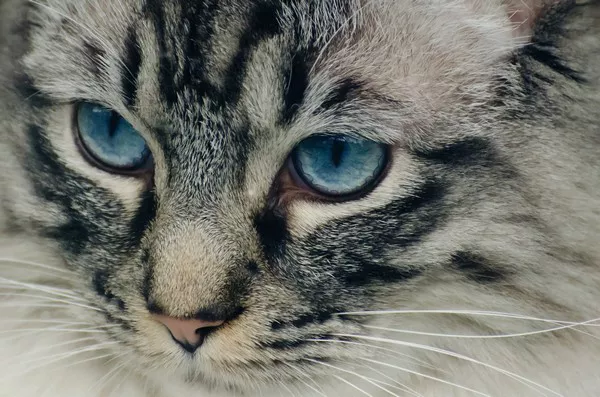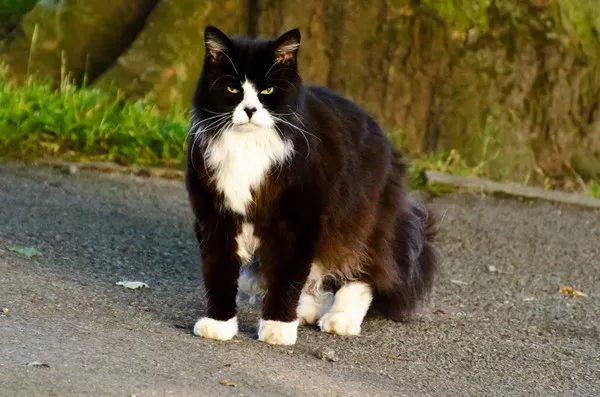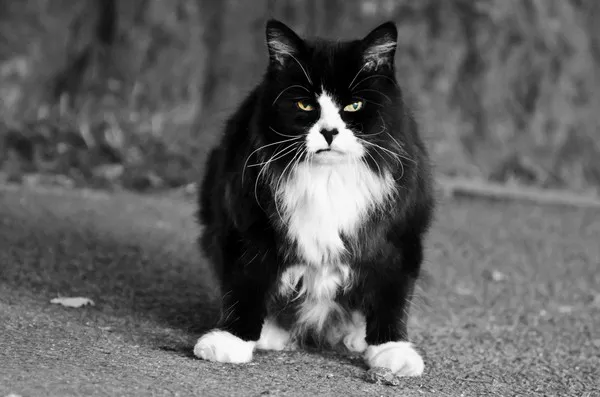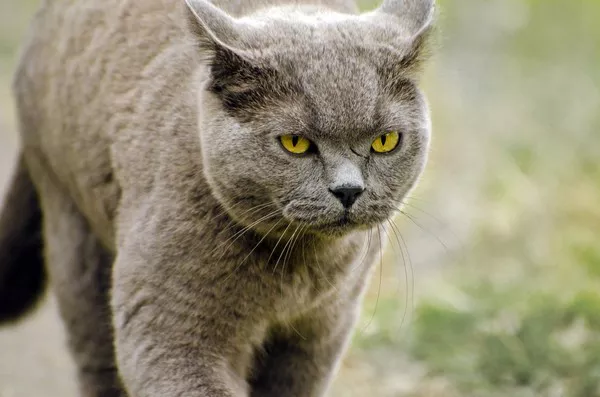As pet owners, we all want to ensure the best for our feline companions, and that includes their litter boxes. The type of cat litter we choose can significantly impact not only our cats‘ health but also our own. This article delves into the various types of cat litter available, cat litter associated health concerns for both cats and humans, best practices for safety, environmental considerations, and the importance of consulting a veterinarian regarding cat health.
Types of Cat Litter
Choosing the right cat litter can be a challenging task given the myriad of options available. Each type of litter comes with its own set of pros and cons, and understanding these can help you make an informed choice for your cat.
Clumping Clay Litter
Pros: Clumping clay litter, often made from sodium bentonite, is popular for its ability to form solid clumps when wet. This feature makes it easy to scoop out waste, keeping the litter box cleaner and reducing odor. Many cat owners appreciate the convenience of clumping litter, which often absorbs moisture quickly.
Cons: Despite its convenience, clumping clay litter has several drawbacks. One major concern is dust production. When poured or scooped, this litter can create fine dust that may be inhaled by both cats and humans. This dust can irritate the respiratory system, particularly for cats with pre-existing respiratory conditions like asthma.
Another significant concern is the ingestion of clumping agents. Cats often groom themselves after using the litter box, and in doing so, they may ingest small particles of litter. These clumping agents can cause gastrointestinal blockages, leading to severe health issues that require veterinary intervention. Therefore, while clumping clay litter is widely used, pet owners should weigh the convenience against these potential health risks.
Silica Gel Litter
Pros: Silica gel litter is made from tiny silica crystals that absorb moisture effectively, keeping the litter dry and minimizing odor. It typically produces less dust compared to clumping clay litter, making it a better choice for cats and humans with respiratory issues.
Cons: However, silica gel litter is not without its concerns. The fine particles can still create dust when poured, which can be a respiratory irritant for both cats and their owners. Additionally, if ingested, silica crystals can cause gastrointestinal irritation. While silica gel litter can be a good option for controlling odors, it’s essential to monitor your cat for any signs of discomfort or adverse reactions.
Natural Litter
Pros: Natural litters, which include materials like pine, corn, and paper, have gained popularity in recent years, primarily due to their biodegradable properties. Pine litter, for example, contains natural oils that can help control odors without the need for synthetic fragrances. Corn and paper-based litters are also less likely to produce dust, making them safer alternatives for both cats and humans.
Cons: On the downside, natural litters may not clump as effectively as their clay counterparts, potentially requiring more frequent changes. Additionally, some cats may be sensitive to the scent of certain natural litters, which could deter them from using the box. It’s important for cat owners to experiment with different types of natural litter to find the one that works best for their pets.
Health Concerns for Cats
While choosing the right litter is crucial, it’s equally important to understand the potential health risks associated with various types of cat litter.
Respiratory Issues
Dust from certain litters, particularly clumping clay and silica gel varieties, can lead to respiratory issues in cats. Cats with pre-existing conditions, such as asthma, are especially vulnerable. The inhalation of fine dust particles can exacerbate these conditions, leading to coughing, wheezing, and difficulty breathing. If you notice your cat exhibiting any respiratory symptoms, it’s important to consult a veterinarian promptly.
Ingestion Risks
Another significant health concern is the ingestion of litter particles. Cats are meticulous groomers and often lick their paws after using the litter box. If the litter contains clumping agents, these can lead to gastrointestinal blockages. Signs of such blockages may include vomiting, lack of appetite, and lethargy. If you suspect your cat has ingested litter, seek veterinary advice immediately.
Allergies and Skin Irritations
Some cats may also experience allergic reactions or skin irritations from certain types of litter, particularly those with added fragrances or harsh chemicals. Symptoms may include excessive scratching, redness, or inflammation of the skin. If you observe these signs, consider switching to a more natural or hypoallergenic litter option.
Health Concerns for Humans
While we often focus on the health of our cats, it’s crucial to consider the potential health risks associated with handling cat litter for humans, especially for those with pre-existing health issues.
Respiratory Risks
Just as dust from cat litter can affect cats, it can also pose risks for humans. Individuals with asthma or allergies may experience exacerbated symptoms when exposed to dust or fragrances found in certain litters. Choosing low-dust or dust-free litter options can help mitigate these risks.
Toxoplasmosis
Toxoplasmosis is a parasitic infection that can be transmitted through handling cat litter. This risk is particularly concerning for pregnant women and individuals with weakened immune systems. The Toxoplasma gondii parasite can be shed in cat feces, and exposure can lead to serious health complications. Pregnant women should take extra precautions when cleaning litter boxes, including wearing gloves and washing their hands thoroughly afterward.
Best Practices for Safety
To ensure the health and safety of both your cat and your household, consider implementing the following best practices.
Choosing Low-Dust Litter
Opt for low-dust or dust-free litter options to minimize respiratory risks for both your cat and yourself. Many brands now offer specially formulated litters designed to produce less dust, providing a safer environment for all.
Regular Cleaning
Maintaining a clean litter box is essential for reducing the buildup of harmful bacteria and parasites. Regularly scooping out waste and completely changing the litter every week can help keep the litter box hygienic. Additionally, disinfecting the litter box with pet-safe cleaners can further reduce the risk of illness.
Proper Handling
When cleaning the litter box, it’s advisable to wear gloves to protect your hands from germs. After cleaning, wash your hands thoroughly with soap and water to prevent the spread of bacteria. If possible, designate a specific area for litter box cleaning to limit the potential for cross-contamination in your home.
Environmental Considerations
As awareness of environmental issues grows, many pet owners are seeking eco-friendly litter options. Here are some considerations for choosing environmentally sustainable litters.
Biodegradable Options
Biodegradable litters made from materials like corn, wheat, or recycled paper are often more environmentally friendly. These options decompose more easily than traditional clay litters, reducing landfill waste. Choosing a biodegradable litter can be a simple yet effective way to lessen your ecological footprint while still providing a safe and healthy environment for your cat.
Disposal Methods
Proper disposal of cat litter is also crucial for minimizing health and environmental risks. Many cat owners may not realize that flushing litter down the toilet can be harmful to sewage systems. Instead, consider using a designated waste bag to collect used litter and dispose of it in the trash. Some municipalities offer composting options for biodegradable litters, so check local guidelines for proper disposal methods.
Conclusion
The type of cat litter you choose can significantly impact your cat’s health and your own. By understanding the different types of litter available, the associated health concerns, and best practices for safety, you can make an informed decision that promotes the well-being of both your feline companion and your household. Always prioritize health and safety by opting for low-dust, natural, or biodegradable options and maintaining a clean litter box environment. When in doubt, don’t hesitate to consult your veterinarian for tailored advice on cat health and safety.
Related Topics



























